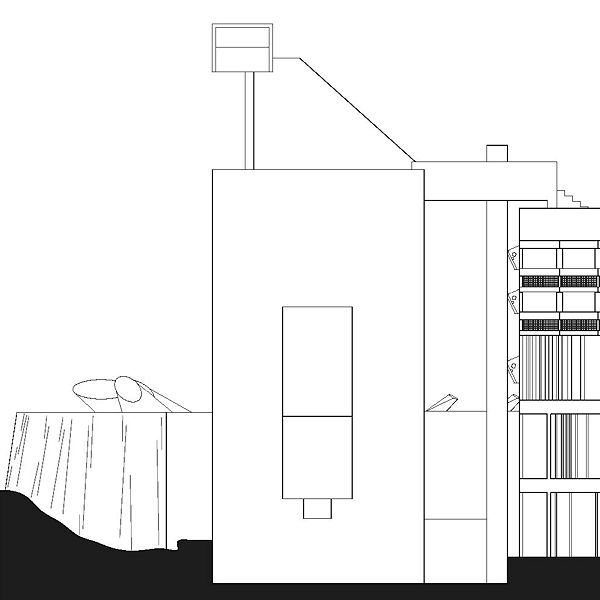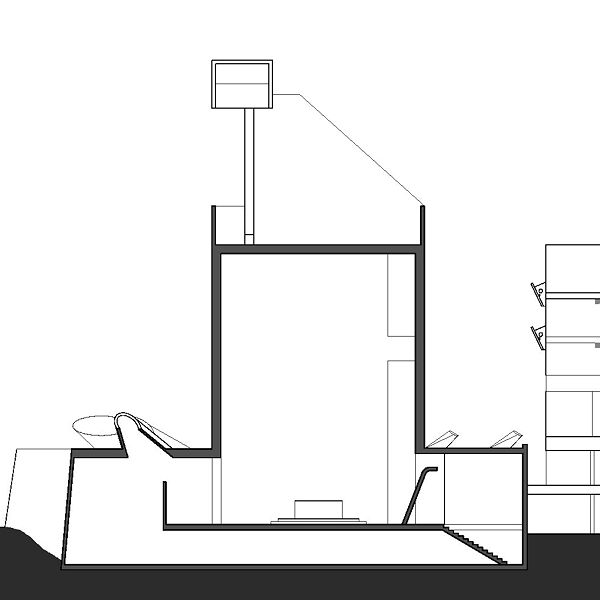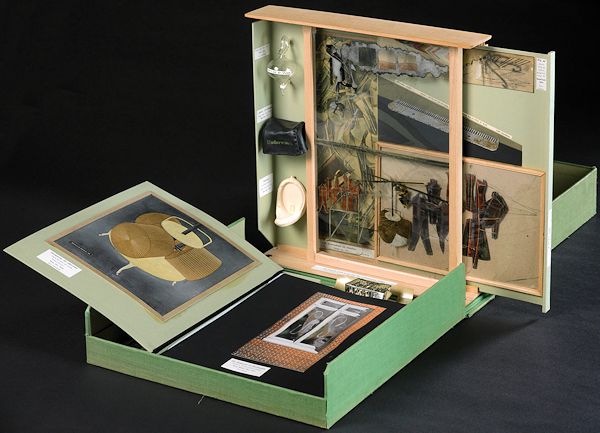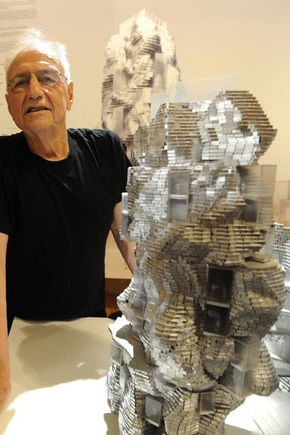2016.11.02 20:17
Long derided by architects, Prince Charles' model town Poundbury might not be all that bad after all
Architects should actually celebrate choice
2016.11.03 16:38
Long derided by architects, Prince Charles' model town Poundbury might not be all that bad after all
I wouldn't say this is a conversation about contemporary vs traditional architecture, as much as it's a conversation about choices, and architecture with regard to the culture of choice.
2016.11.04 19:06
Donald Draper at the Museum...
I completely forgot that I wrote this app that would alert me whenever Don Draper again showed up in an architectural rendering published online. I'm surprised it even works! So, there's Donald Draper, this time in one of the newly released renderings of OMA's RPJ Mixed Use Building São Paulo.

I like how the furniture is floating, and how everything except Don Draper is reflected in the shiny floor. You don't think Don Draper's now a vampire, do you? Actually, that would make a pretty good TV Show, wouldn't it.
| |
2016.11.10 19:04
7 November
Perhaps it is the cross rather than the square or the diamond that is architecture's most primative form. It is, no doubt, the most profound architectural elemant in Hejduk's terms of a double articulation of formal and tectonic development together with viewer-subject construction--the degree zero of the architectural sign. And it is under the sign of the cross that Hejduk brings his image-screen, his elevational chronotope, to its destination.
Hejduk's first steps toward that destination are intensely architectural, layering form upon form and manipulating them to a maximum. Cathedral is the most complex single object of Hejduk's career, gatherig up the most significant of his formal inventions and collapsing them onto a simple rectanglar volume, or perhaps a thick wall, with all the being-together of diverse formal elements on the vertical plane that his Wall apparatus captures. The original Berlin Masque building (which itself cannibalizes Retreat Masque and Wall House 3) operates as Cathedral's deep structure. Various other characteristics from Berlin Masque are there; Wall House 3 reappears, now as one element of another wall; the Collapse of Time tower is on the roof; the various Morandi-like light cannons, funnels, and tubes that he experimented with in his architectural "Still Lifes" return too. It seems obvious that Cathedral is intended as a summation, and in this regard it is telling that just after the Canadian Centre for Architecture completed the Cathedral model, Hejduk began working on A Gathering, his unfinished site plan for a giant Masque (or perhaps it is an entire town) that was to contain the footprint of every project he had ever made. It is as if in these works Hejduk is cataolguing all the ways he has tried to arrest momentaryily the unlocalizable architectural gaze.
K. Michael Hays, Sanctuaries: The Last Works of John Hejduk 2002



The result is an extraordinary artificiality, performance declaring itself such, marking itself unmistakably for perturbed and awed looking and hearing. ...
This is the prerogative of late style: it has the power to render disenchantment and pleasure without resolving the contradictions between them. What holds them in tension, as equal forces straining in opposite directions, is the artist's mature subjectivity, stripped of hubris and pomposity, unashamed either of its fallibility or of the modest assurance it has gained as a result of age and exile.
Edward W. Said, On Late Style: Music and Literature against the Grain 2006
Le Corbusier's last urban design 5511 b c d e f
| |
2016.11.11 09:54
7 November
"...remember that the problematic of allegories, and even of parables, is that what they allegorize is always viewed retrospectively, the fable or allegorical narrative coming after an experience or theme that is conveyed by the subsequent performance, so to speak, in a different, more attenuated, and coded form."
Said
"Both Piranesi's Campo Marzio and Picasso's Dame au violon are "projects," though the former organizes an architectural dimension and the latter a human mode of behavior. Both use the technique of shock, even if Piranesi's etching adopts preformed historical material and Picasso's painting artificial material (just as later Duchamp, Hausmann and Schwitter were to do even more pointedly). Both discover the reality of a machine-universe: even if the eighteenth century urban project renders that universe as an abstraction and reacts to the discovery with terror, and the Picasso painting is conceived completely within this reality.
But more importantly, both Piranesi and Picasso, by means of the excess of truth acquired through their intensely critical formal elaborations, make "universal" a reality which could otherwise be considered completely particular."
Tafuri
beside the point and next to the point are the same thing [as tafuri said]?
2016.11.15 19:42
Frank Gehry might bail on the U.S. now that Trump's been elected
That's some wild building model there!

|